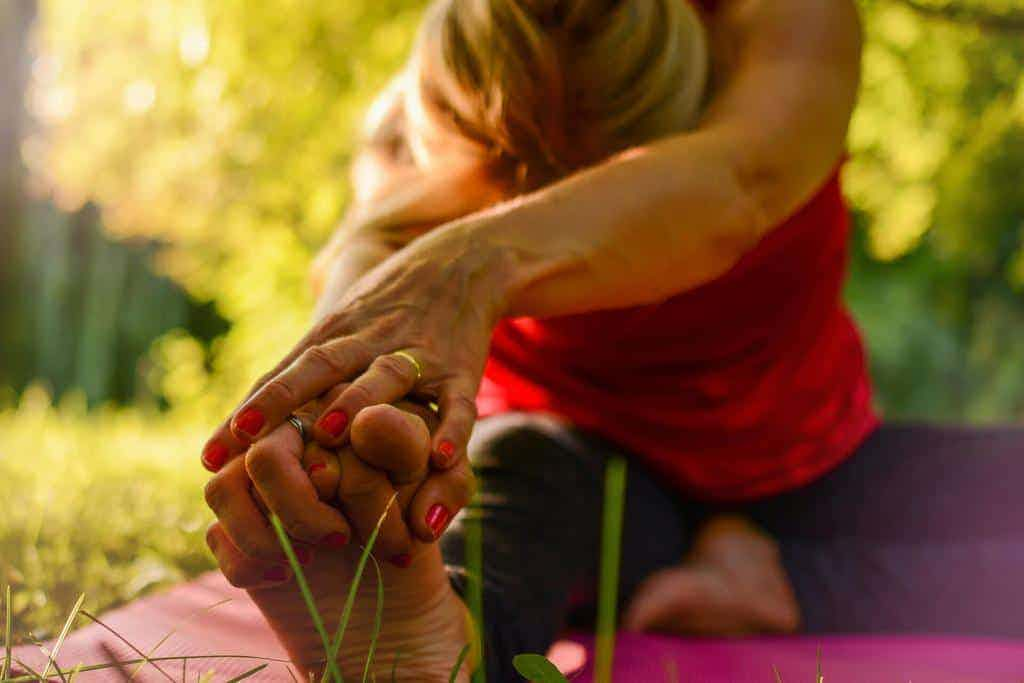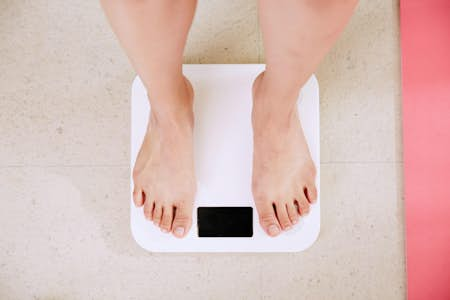Juggling family, friends, and work often leaves little time for exercise, and by the time you retire, you might not be able to remember the last time you did any training at all. You’ve become inactive.
Inactivity causes your muscles to atrophy, resulting in losses of strength, balance, coordination, and not to mention, weight gain.
Ready to transform your life? Whether you're looking for a new pair of running shoes or some shiny home gym equipment, you can find everything you need to fuel your fitness journey with our partner brands.
For many over 50s, there is one big hurdle that stands in their way of being fitter: finding the motivation.
Whether you’ve got type two diabetes or you’ve noticed that you’re gaining weight, you can motivate yourself by thinking about why you want to be fitter, healthier, and stronger. It could be that you just want to prolong your life, keep up with your friends or grandkids, or even maintain your appearance. Try to picture yourself being able to do the things you used to do and the improvements these things will bring to your life. Your friends and family will take notice of the changes you’ve made, and you may even be able to start dating again!
How often should you exercise?
Ideally, you should take 30 minutes per day or 150 minutes per week of moderate-intensity activity. Moderate intensity exercise raises your heart rate and makes you breathe faster. It includes things like brisk walking, riding a bike, playing tennis, or hiking. All of these kinds of activities will improve your stamina.
If you’re over the age of 65 and inactive, working at the above intensity level could be something for you to aim towards. You should try to do some light activity every day. For example, this could be:
- Walking around your home.
- Cleaning.
- Vacuuming.
- General everyday chores.
- Gardening.
Once you can do everyday activities without much difficulty, you can then progress onto more intense exercises. Remember, just because you’re older doesn’t mean that you can’t get fitter with a bit of work.
Easy exercises to do at home
What if your activity levels are so low that you find getting out of your chair difficult? The kind of exercise you should do depends on your current fitness level and what you want to work on.
If you’re over the age of 65 and find doing basic everyday activities like making your bed difficult, try to do the exercises and stretches below. These will improve your overall strength, flexibility, and balance while laying a foundation for you to build upon.
Getting up from a chair
With this exercise, the aim is to get up from sitting in a chair to a standing position without the help of someone else or using a walker. Doing this exercise regularly will improve your overall bodily strength, including your core, legs, and hips. Follow the instructions below.
- Sit on a chair, ideally without armrests, but it’s OK to use them for support if you find the movement difficult.
- Lean forward while putting your weight on your feet, so as to shift your centre of gravity.
- Try to stand up by pushing your heels into the floor and straightening your legs until you’re standing.
- Reverse the movement by bending your legs and gradually lowering yourself into the chair. Don’t just collapse onto the chair; use your legs and hips to lower yourself down slowly.
- Repeat the exercise a few times per day, and until you can do it without difficulty.
Gentle stretching and strengthening
By stretching different muscles in your body, you can improve your flexibility, increase blood flow, and reduce your risk of injury. Additionally, it’s easy to do some basic strength work when sitting or lying down. Follow the stretches and exercises detailed below.
Calf stretch
While lying, bring your toes towards your shin and push your heel out a little. Repeat this 3-4 times with each foot.
General back and posture strengthening
Sitting on the edge of your bed or on a stool, relax your upper and lower back so that it becomes rounded, then use your back muscles to straighten your back while pushing your chest out a bit. Don’t arch your spine too much--you don’t want an injury.
If you’d like more instruction or you’re looking for more ideas for seated exercises, take a look at the YouTube video below.
Shoulder blade squeezes
Squeezing your shoulder blades together will improve your upper back muscles’ strength and help correct bad posture.
Simply squeeze your shoulder blades together while lowering your shoulders and hold for 3 seconds. Repeat several times, then work up to doing 10 in a row.
Pelvic floor strengthening
The pelvic floor muscles are at the very bottom of your torso, and if they’re weak, it can result in incontinence and back pain.
To strengthen these muscles, squeeze them as if you’re trying to stop the flow of urine or hold in gas. Hold for 3-5 seconds and then release. Repeat for a dozen or so times, and several times per day. You can do it while lying down or sitting. Do not hold your breath or tighten up the rest of your body.
For more advanced stretches and strengthening, watch Dr Joe’s Total Body Stretch Workout. In her video, she focuses on both stretching and improving your overall mobility.
Increase stamina and muscle tone with swimming
With swimming, the gentle resistance from the water works wonders for strengthening your muscles and improving your stamina. It can also help you regain lost muscle tone.
You could start by swimming just a few lengths of the pool at a time, and then work up to doing more.
If exercise is generally difficult for you, look into a regular class at your local pool. An experienced instructor will be used to working with people who have reduced mobility.
On your bike!
If you’re someone who is still reasonably capable of moderately intense exercise, and you want to get back to being fitter and stronger then there’s a whole range of activities you could do. You don’t need to be a member of a gym either. You could do things like gardening, hiking, or bike riding.
If you really want to improve your muscle tone and become stronger, even after 50, it’s certainly possible. You could start with some bodyweight exercises like squats, lunges, and press-ups on your knees. After, work up to using some light weights, or join a regular aerobics class.
Start small and build up your strength and stamina
What’s easy for you won’t necessarily be easy for somebody else. So, wherever you’re starting from, work towards doing more and get back to a fitter and stronger you. Make sure that you talk to your GP before beginning any kind of new exercise program.
We spoke to fitness coach Emma Murphy, who agreed with these tips and added: "The best advice I give to anyone who is over 50 is to take your time, don't overdo it, do what you can, but most importantly when you can.
"My top tips:
- Start slow and build your way up; start with light walking and day by day, add on some small light exercises.
- Speak to a professional who knows what they're talking about so they can guide you on what the right exercises are for you.
- Do something you enjoy, there is no Pont doing something you hate as you will never be able to motivate yourself to do it again, and it will feel like a chore.
- Get your pals involved, start a community and do it together for extra support & motivation.
- Stretching is extremely important before and after working out as it warms up the muscles before you start using them and also prevents injury."









